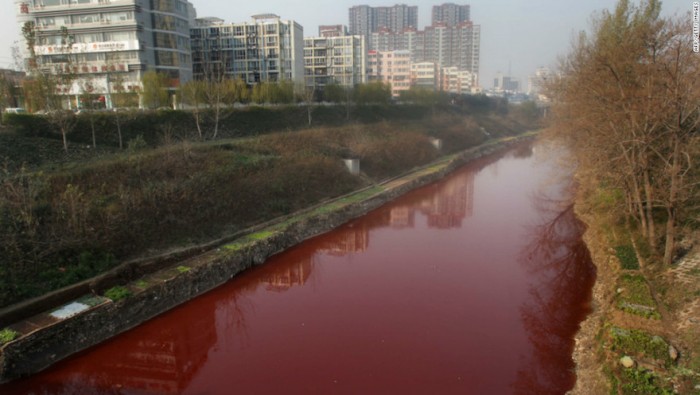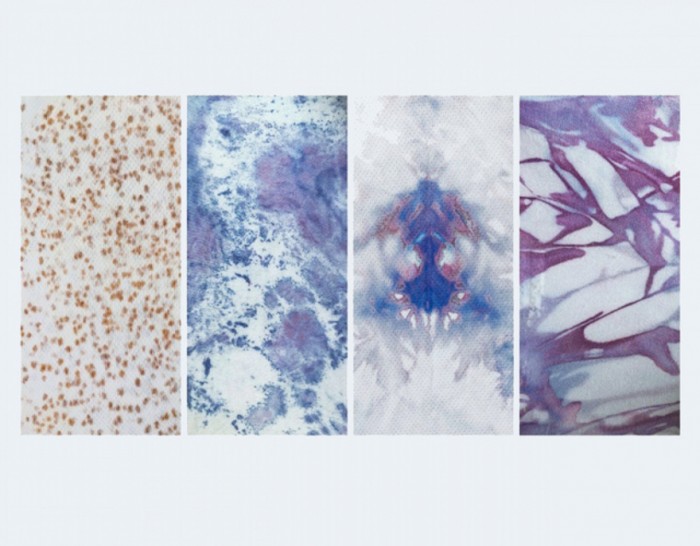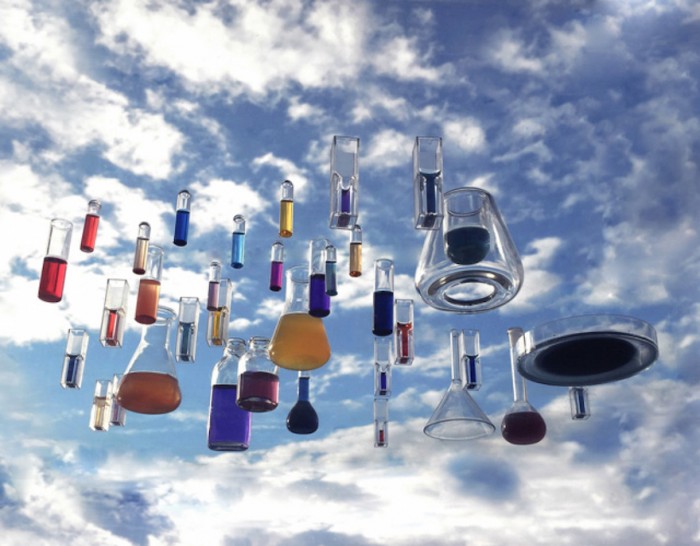Nearly ten years ago images of the Jian River in China, which had suddenly turned red, started making the rounds in the media.
The 2011 incident turned out to have been caused by the illegal dumping of the dye into the river from a local chemical plant.
There were concerns of what this might mean for the health of local residents and animals that ingested food that may have been grown nearby, and what effects this would have on fish in the river itself.
The story of the Jian River is an extreme illustration of some of the environmental consequences of the way we put colour into our clothing. While not every clothing manufacturer will dispose of their dye in this way, a worrying 99% of the dye used for our clothing is still being made from petrochemicals.
Design Indaba has previously reported on the work being done in synthetic biology to try to solve the problem in the lab.
French start-up, Pili is using bacteria to brew dyes in the lab instead of resorting to petrochemicals. The Paris-based team is made up of a group of designers, synthetic biologists and chemical engineers from Poland, Spain and France.
The team started with making dye for use in pens and inks. But now they have also added fabric dyes. They say they want to help rid the world of polluting oil-based colours in order to find a sustainable alternative that can be scaled to meet a massive demand for dyes and pigments.
"At PILI, we found a solution in the invisible world: living things don't rely on petroleum to efficiently manufacture colour and other precious molecules. Microorganisms are the experts in this field as they can transform matter in a clean and efficient way thanks to their enzymes. Fermentation allows microorganisms to break down renewable plant-based matter like sugar or wood, to reshape it into dyes," the team says.
This process reduces the amount of energy needed as the microorganisms work at room temperature. It also needs less water and energy than the current petrochemical process used in the clothing industry.
Pili says that its aim is to bring together biology, green chemistry and design, while also applying the ancestral craft of fermentation to modern biology, in order to brew color at an industrial scale.
The team has shared their work at workshops and conferences around the world including the Broken Nature, XXII Triennale di Milano.
More on synthetic biology:
Natsai Audrey Chieza on working with nature to solve fashion's waste problem
Marcus Kayser's work enables a collaboration between tech and biology
Daisy Ginsberg's new installation revives scents from extinct plants









